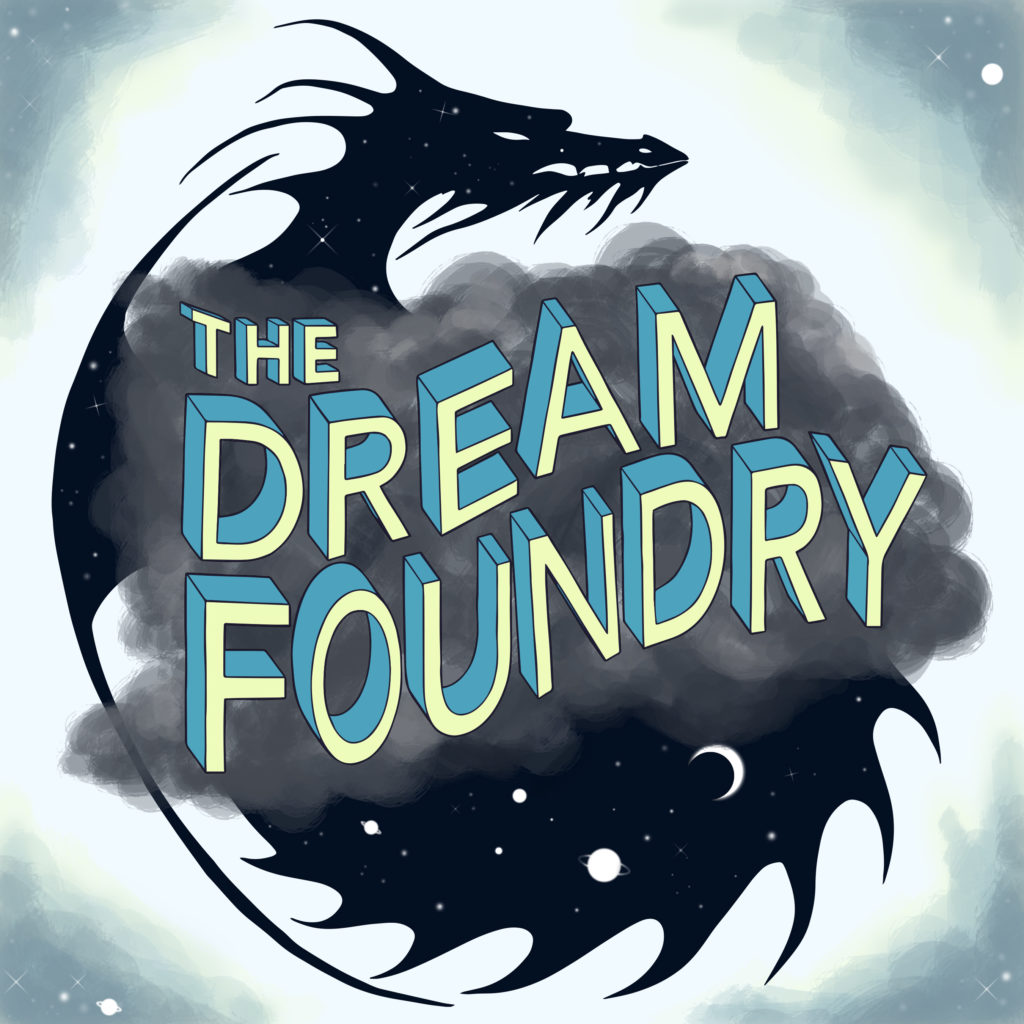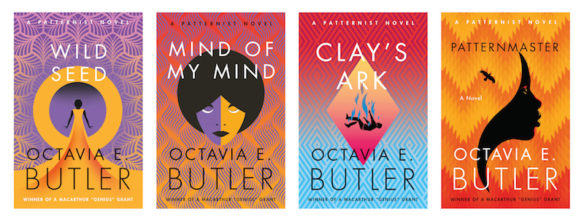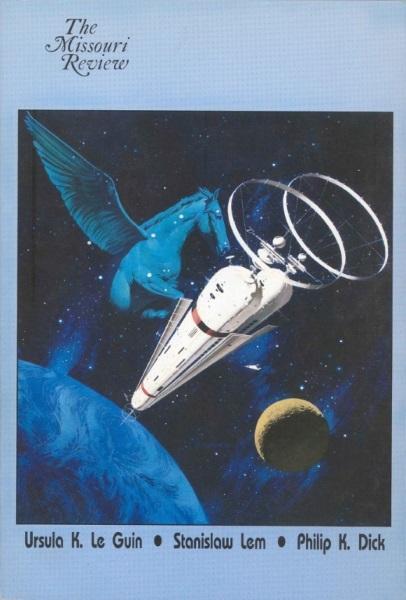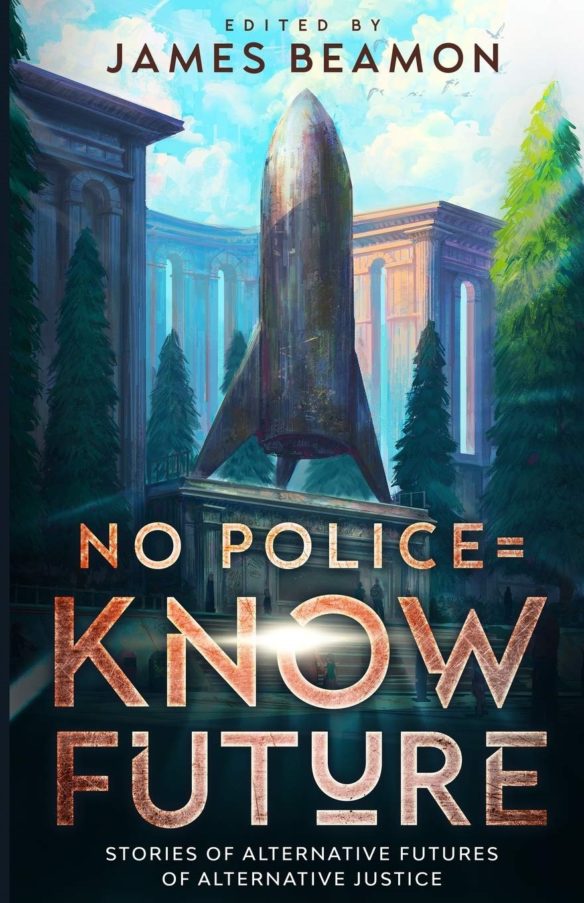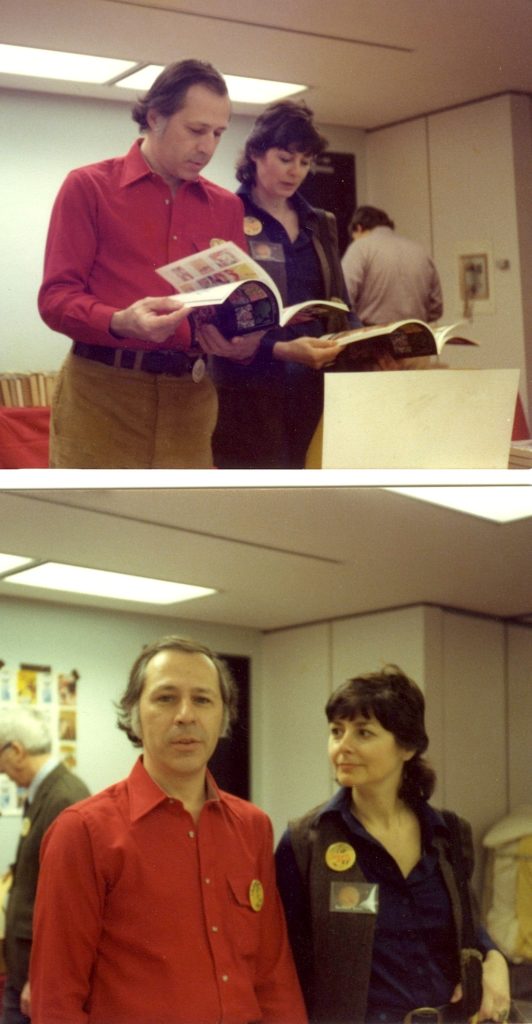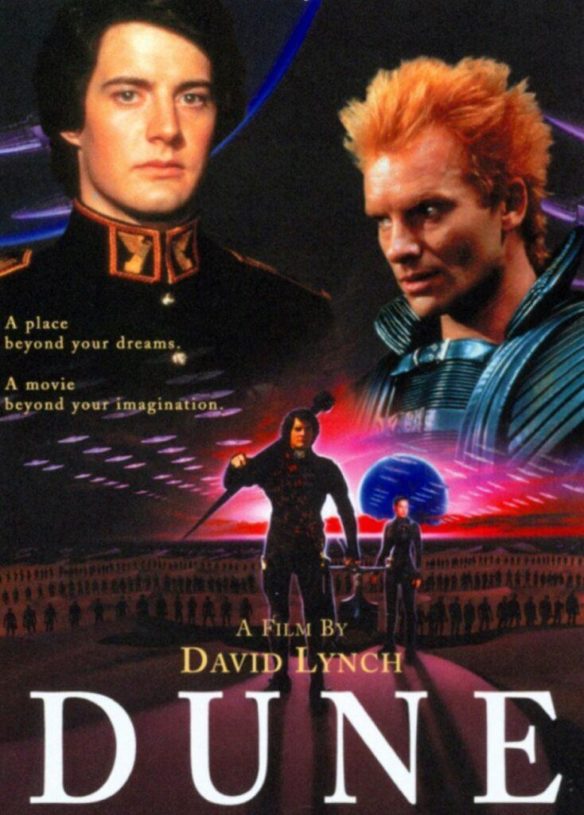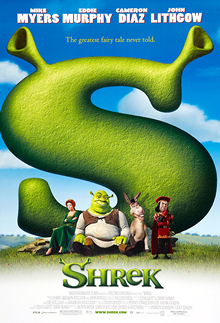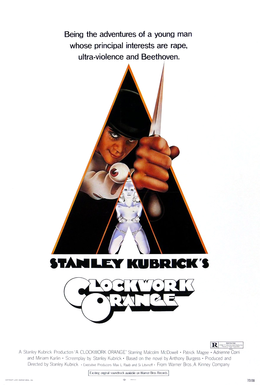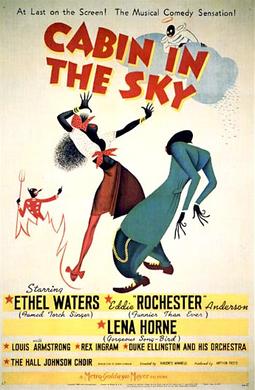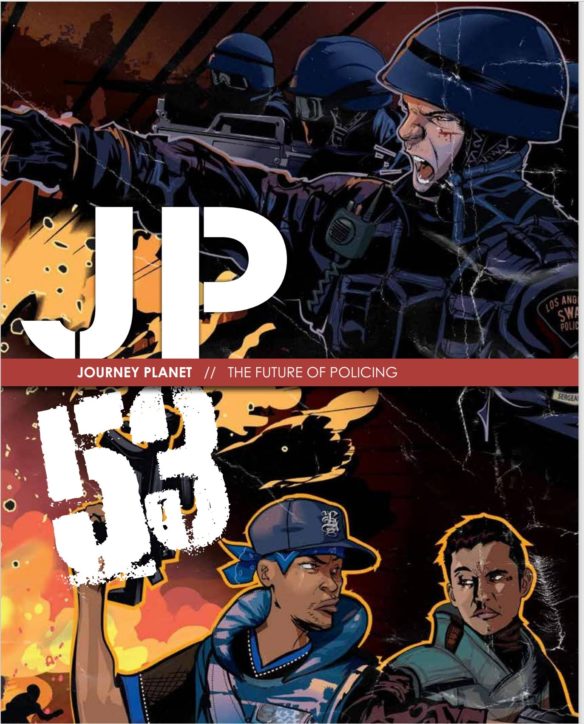(1) PAY THE WRITER. In “Star Wars novelist Alan Dean Foster’s Disney royalties issue, explained” at Polygon, Andrew Liptak examines the terrain of what is likely to be an uphill struggle, documents the increasing number of writers with the same grievance, and gives an overview of what some have heard from lawyers.
…Still, after the success of Star Wars, Foster found himself a go-to person for movie novelizations. Over the years, he’s penned dozens of novelizations for franchises like Aliens, Star Trek, Dark Star, The Black Hole, Clash of the Titans, Outland, The Thing, Krull, The Last Starfighter, Starman, The Chronicles of Riddick, and others. They were all written in addition to his own original novels.
The nature of a work-for-hire contract means an author who’s written a tie-in novel will have little control over where their story ends up; how characters, situations, or details are used after they turn in their manuscript; and even the copyright of the work itself. It’s a tradeoff: Foster might not own the book, but the product may provide a steady revenue stream for years, especially if the franchise is popular with audiences. Write enough of them, and those tributaries will feed a healthy river.
Shortly after Disney acquired 20th Century Fox last year, Foster says that his royalties for his Alien novels stopped coming. He and his agent first attempted to resolve the issue with the book’s publisher, Warner Books. According to Foster’s agent Vaughn Hansen, while Foster and the organization [SFWA] were working to uncover the provenance of those rights, it became clear there were also missing payments for his Star Wars novels….
Unpaid royalties appear to be an issue that affects other writers. Four additional authors have come forward to Polygon to confirm that they haven’t been paid royalties for work now owned by Disney, for works that appear to have been transferred to other publishers: Rob MacGregor, who wrote the tie-in novel for Indiana Jones and the Last Crusade, as well as several additional tie-in novels; Donald Glut, author of the Empire Strikes Back novelization; James Kahn, author Return of the Jedi and Indiana Jones and the Temple of Doom novelizations; and Michael A. Stackpole, author of the X-Wing comics, Star Wars: Union, and Star Wars: Mara Jade — By the Emperor’s Hand. Without seeing contracts or the full details of the nature of the transfer of property from Lucasfilm to Disney, it’s hard to know if each author falls into the same situation as Foster, but the result appears to be the same: They haven’t received money that they feel entitled to for the work that they published….
(2) A NOBEL PURSUIT. The Arthur C. Clarke Center for Human Imagination’s Into the Impossible podcast has reached its milestone 100th episode: “100: Barry Barish – Black Holes, Nobel Prizes & The Imposter Syndrome”

Barry Barish is an emeritus professor at Caltech, where he has worked since 1963. He became director of the LIGO (Laser Interferometer Gravitational-wave Observatory) project in 1997, which led to his Nobel Prize in 2017. He has many other awards and is a fellow of the National Academy of Sciences and American Physical Society, of which he was also president.
Barry joins our Nobel Minds playlist on the INTO THE IMPOSSIBLE podcast. He shared the 2017 Nobel Prize in Physics with Rai Weiss and Kip Thorne “for decisive contributions to the LIGO detector and the observation of gravitational waves.” We discuss Barry’s long and remarkable career that covers many disciplines within physics. It’s not the standard model, but he has a confidence about himself, and his contributions that make it seem perfectly natural to have been part of such varied, noteworthy projects during his career. Despite that, Barry also admits to feeling like an imposter at times, especially when singing the same Nobel register as Einstein. What a moment!
(3) A LEAGUE OF THEIR OWN. Not Pulp Covers is the place to admire Alphonse de Neuville’s engravings for 20000 Leagues Under the Sea by Jules Verne.
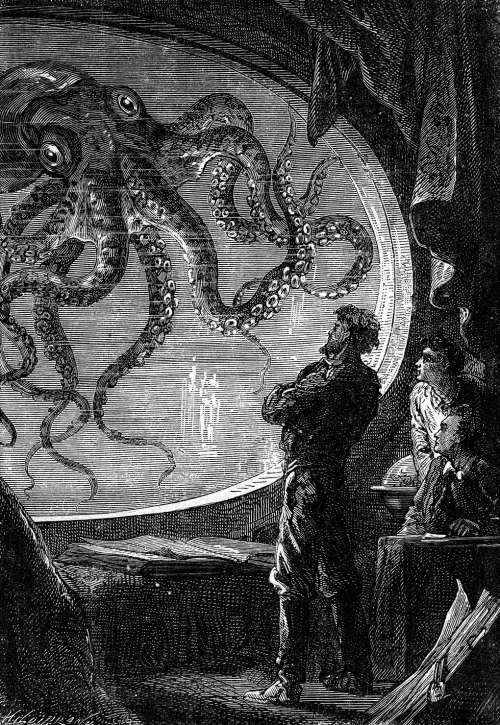
(4) SCREEN TIME. Kellie Doherty analyzes the experience of “Being a Panelist in a Virtual World” at Fantasy-Faction.
As an author, one key thing I always need to be doing is marketing, and events are wonderful marketing tools. Events allow us authors and other creatives to reach a new audience base, network with fellow creatives, and get our names out there. It allows people to gush about what they love while also opening doors for others who are looking to get into those fields. It even helps to demystify the careers of creatives. Plus, events are great for selling—vendor tables are usually bustling, and panels/workshops are key places to chat about all the creative endeavors.
But what about virtual events? Is it still a great experience for the panelists?…
(5) DON’T TOUCH THAT DIAL. “Stephen King Has Thoughts About Stephen King TV Shows” – and the New York Times takes notes as he shares them. For example —
‘It’
1990
This two-part ABC mini-series, an adaptation of King’s sprawling 1986 novel about a child-murdering monster in small-town Maine, is perhaps best remembered for Tim Curry’s frightening performance as Pennywise the Clown.
“I liked that series a lot, and I thought Tim Curry made a great Pennywise,” King said. “It scared the [expletive] out of a lot of kids at that time.”
In fact, King credits the impact of the series on children with the later success of the film version, which starred Bill Skarsgard as the diabolical clown and was a box-office sensation in 2017. (A 2019 sequel, based on the second half of the novel, was similarly successful.)
“One of the reasons the movie was a big hit was because kids remembered seeing it on TV,” King said. “So they went to see it.”
(6) POINT OF NO RETURN. “‘Heroes’ Was Supposed to Be Leonard Roberts’ Big Break. Instead, It Nearly Broke Him” – the actor tells Variety readers about the end of his time on the once-popular show.
As he details in his account below, he experienced immediate friction with his main co-star Ali Larter — and perceived indifference from creator and showrunner Tim Kring — that led him to feel singled out as a Black actor, a feeling that only grew more intense after he was fired from the show after its first season.
…As the first season played out, I learned two other non-white lead characters would be killed off and I started to wonder whether D.L. would suffer the same fate. His presence on the show kept getting smaller, and by the mid-season finale he had been shot more times than 2Pac. I even had my management inquire about the possibility of me being killed off. While I was initially thankful for the opportunity, the experience had become creatively unfulfilling and I thought moving on might be best for everyone. I was told, however, that the production’s response was “We love Leonard.” And in March 2007, while filming the penultimate episode of the season, a producer told me that I was indeed returning for Season 2. I took it as a positive sign, and looked forward to new possibilities.
One of our last publicity obligations that first season involved a photoshoot for Entertainment Weekly, in which cast members, based on their characters’ relationship on the show, were featured on collector’s edition covers. The release of the covers was to coincide with the network’s upfront presentation for the 2007-2008 season in New York.
Upon arriving backstage at Radio City Music Hall for a rehearsal, I caught my co-star’s eye. “I’m hearing our cover is selling the least of all of them,” she told me. It was the first and only thing she said to me that night and I believed the subtext was clear: I was tarnishing her brand….
(7) ANOTHER REASON TO BEWARE. Longshot Press owner Daniel Scott White, publisher of Unfit and Unreal magazines, doubles down on his unhinged strategy of making enemies of SFWA writers.
Two of his magazines were the subject of complaints last February, covered by File 770’s roundup: “Is This Practice Unreal or Unfit? It’s Both”. Then two weeks ago White called for submissions to the magazines, but added “Tip: SFWA members not eligible” (see here, item #2.)
White’s latest assault is against Benjamin C. Kinney, first person to put his name to the complaints brought out in February. Thread starts here.
And White is also working on a Nixonian enemies list.
(8) MEDIA ANNIVERSARY.
- 2008 — Twelve years ago, Catherynne M. Valente had the unusual honor of winning the Mythopoeic Fantasy Award for Adult Literature for not one novel but for two novels in the same series, The Orphan’s Tales: In The Night Garden and its sequel, The Orphan’s Tales: In the Cities of Coin and Spice. It is the only time that this has happened as far as we can determine. An Otherwise Award would also go to The Orphan’s Tales: In The Night Garden.
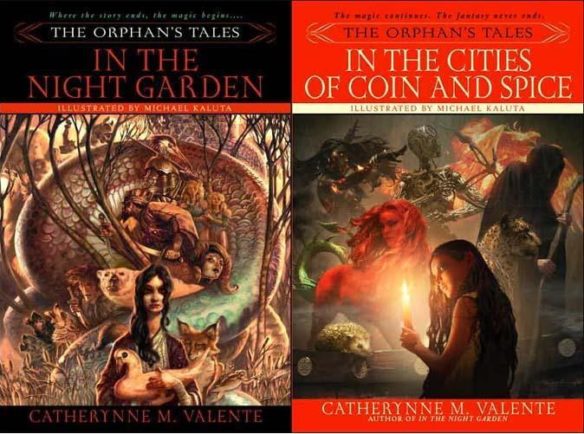
(9) TODAY’S BIRTHDAYS.
[Compiled by Cat Eldridge and John Hertz.]
- Born December 16, 1880 – Anna Alice Chapin. Children’s book from the Victor Herbert operetta Babes in Toyland with its libretticist Glen MacDonough. Half a dozen more fantasies; ten other books; shorter stories for magazines and newspapers; a play with her husband, and three more stories, made into films. (Died 1920) [JH]
- Born December 16, 1917 — Arthur C. Clarke. When I was resident in Sri Lanka courtesy of Uncle Sam in the early Eighties, nearly every American ex-pat I ran into was reading The Fountains of Paradise. The tea plantations he described therein are very awesome. I never saw him but he was well known among the small British community there and I passed by his residence one day. I’ll admit that I’ve not read that much by him — Childhood’s End, Rendezvous with Rama and that novel are the only long form works by him I’ve read. I’ve read a lot of short fiction including of course Tales from The White Hart. I’m certain I’ve read The Nine Billion Names of God collection as well. And I’ve seen 2001 myriad times but I’ve never seen the sequel. (Died 2008.) (CE)
- Born December 16, 1927 — Randall Garrett. Randall Garrett. Ahhh, Lord Darcy. When writing this up, I was gobsmacked to discover that he’d written only one such novel, Too Many Magicians, as I clearly remembered reading more than that number. Huh. That and two collections, Murder and Magic and Lord Darcy Investigates, is all there is of this brilliant series. (The later Lord Darcy collection has two previously uncollected stories.) Glen Cook’s Garrett P.I. is named in honor of Garrett. I’ll admit I’ve not read anything else by him, so what else have y’all read? (Died 1987.) (CE):
- Born December 16, 1937 — Peter Dickinson. Author who was married from 1991 to his death to Robin McKinley. He had a number of truly great works, both genre and not genre, including Eva, The Tears of the Salamander and The Flight of Dragons. The Ropemaker garnered a well-deserved Mythopoeic Fantasy Award for Children’s Literature. His James Pibble upper class British mystery series are quite excellent as well. (Died 2015.) (CE)
- Born December 16, 1928 – Philip K. Dick. Four dozen novels, ten dozen shorter stories, half a dozen poems; letters in The Alien Critic and Psychotic, Riverside Quarterly, SF Commentary. A Hugo for The Man in the High Castle; Campbell Memorial Award for Flow My Tears, the Policeman Said; British SF Ass’n Award for A Scanner Darkly; Kurd Laßwitz Prize for VALIS. SF Hall of Fame. See too The Shifting Realities of PKD (L. Sutin ed. 1995). Curiouser and curiouser. (Died 1982) [JH]
- Born December 16, 1937 – Norm Metcalf. His Index of SF Magazines 1951-1965 followed Day’s Index to the SF Magazines 1926-1950. His fanzine New Frontiers drew contributions from fannish pros e.g. Poul Anderson, Tony Boucher, Sprague de Camp. Active in many apas, e.g. FAPA (fifty years), IPSO, OMPA, SAPS (forty years), SFPA, The Cult. (Died 2019) [JH]
- Born December 16, 1948 – Steve Forty, age 72. Indispensable Vancouver fan. Served as President of BCSFA (British Columbia SF Ass’n – to bring in a Tom Digby joke, not its real name, which is West Coast SF Ass’n), editor of BCSFAzine, chair of VCON 20, perhaps inevitably Fan Guest of Honour at VCON 40. BCSFAzine was printed by Gestetner mimeograph until the late 1980s; S.40 had at least six Gestetners, each carrying a different colour ink (note spelling, these are Canadians), so as to manage multi-color covers. BCSFA’s VCON Ambassador for Life. Aptly a steel-burnisher by trade. To us in the States he is the North Forty, but what do we know? [JH]
- Born December 16, 1956 – Alexander Bouchard, age 64. Fanzines Scopus:3007, Lightning Round. Podcaster, costumer, conner (we have filkers, costumers –). Fanwriting at least as early as “Asimov, the Foundation of SF” in Lan’s Lantern 34. I’ve heard of but not seen the vegan electric-pressure-cooker recipe book over this name so can’t say if his, but you probably know fans who’re vegan electric pressure cookers. [JH]
- Born December 16, 1957 — Mel Odom, 63. An author deep into mining franchise universes with work done into the Buffyverse, Outlanders, Time Police, Rogue Angel (which I’ve listen to a lot as GraphicAudio as produced them as most excellent audioworks) and weirder stuff such as the Left Behind Universe and Tom Clancy’s Net Force Explorers, both I think game tie-ins. (CE)
- Born December 16, 1967 — Miranda Otto, 53. She was Éowyn in the second and third installments of Peter Jackson’s The Lord of the Rings film franchise. (I stopped watching after The Fellowship of The Rings.) She‘s Zelda Spellman in Chilling Adventures of Sabrina, and Mary Ann Davis in Spielberg’s version of The War of The Worlds. She also played Wueen Lenore inI, Frankenstein which had an an amazing cast even if the Tomatometer gives it’s 5% rating. (CE)
- Born December 16, 1971 – Roz Clarke, age 49. Three anthologies with Joanne Hall (2 vols. of Airship Shape and Bristol Fashion; Fight Like a Girl); four short stories. “Haunt-Type Experience” reprinted in Stories for Chip (i.e. S.R. Delany; tribute anthology). [JH]
(10) THE WATCH. A trailer is out for The Watch Season 1. Premieres January 3.
Anyone can be a hero. ‘The Watch’, an all-new series inspired by characters created by Sir Terry Pratchett stars Richard Dormer as Vimes and Lara Rossi as Lady Sybil Ramkin.
(11) ON THE BOTTOM. John Picacio tweeted photos of his 2020 Hugo which features something I’ve never seen on the trophy before – writing on the bottom of the base. The text explains the design elements.

(12) TIME CONSIDERED. “Christopher Nolan On Why Time Is A Recurring Theme In His Movies”: NPR’s “All Things Considered” interviewed the filmmaker. Audio and a transcript at the link.
CHRISTOPHER NOLAN: Time is the most cinematic of subjects because before the movie camera came along, human beings had no way of seeing time backwards, slowed down, sped up. And I think that went some way to sort of explain to me why I’ve been interested in exploring it in movies because I think there’s a really productive relationship. And I had this visual notion of a bullet that’s in a wall, being sucked out of the wall and into the barrel of the gun it was fired from. And I put the image in “Memento,” my early film, as a…
(13) AN EXPANSIVE LETTER TO THE EDITOR. [Item by Daniel P. Dern] “Catching Up to ‘The Expanse,’ the Space Opera You Love” is a review by Mike Hale at the New York Times.
“The undisputed heir to ‘Battlestar Galactica’ begins its fifth (and next to last) season on Amazon Prime Video.”
DPD comments (note, I’m also submitting a shortened-for-length-restrictions version of this to the NYTimes online comments to the review, which already has a modest but informed discussion going):
While this is basically a favorable-enough review of the TV series, I want to pick a few nits, from the perspective who
a) is a life-long sf fan — written, also comics, movies and TV
b) has read all the Expanse books (and some of the novellas/stories) and is current watching the previous seasons
c) Never watched the original Battlestar G; watched maybe 2-3 eps of the 2004 reboot.
1) Hale says, with respect to The Expanse (show), “The series capably fulfills the basic requirement of speculative science-fiction: It keeps you guessing about where the journey’s going to end.”
Huh? This makes me wonder how much Hale knows about science fiction as a genre, as opposed to having watched a bunch. Discuss amongst yourselves.
2) “With regard to the show’s intensely devoted following, a binge only confirms what was obvious from the first few episodes. ‘The Expanse’ is the natural heir to the cult-favorite ‘Battlestar Galactica’ (2004-9); it’s another old-fashioned, hard-core space adventure set within an up-to-date clash-of-civilizations political allegory. It was an easy move for the ‘Galactica’ faithful.”
Since, like I said above, I haven’t watched (enough) B/G, I can’t agree or disagree with the “natural heir” point, nor whether B/G faithful found it an “easy move.” I will challenge “allegory” (and I’m dubious about “civilizations”).
3) “’The Expanse’ operates on a smaller, more intimate scale than ‘Galactica,’ …it doesn’t imagine ships zapping among star clusters. It’s contained within our solar system.” Hello? Venus whack? Galactic gateway? I’m not convinced Hale has watched the most recent two seasons. Or wasn’t paying attention.
4) “’The Expanse’ builds its future world in a schematic way that provides an efficient framework for plot and, I’m guessing, appeals to viewers who like their science-fiction highly diagramed.”
I’m not sure what Hale means by “schematic,” much less “highly diagrammed,” and even if I did, I don’t think I’d agree, assuming I could figure out what he meant. I mean, you could make similar claims about Game of Thrones, no?
5) “Into this setup, the show introduced a golem-like alien substance (called, with a notable lack of imagination, the protomolecule)”
“Notable lack of imagination”? Talk about setting phrasers to “Snark!”
“In its facelessness and inexorability, it was a decent stand-in for the cylons of ‘Galactica.’””
First, isn’t Cylon a proper noun, worth of initial-capping?
Arguably, also, the p-mol isn’t completely faceless, e.g., using the appearance (and perhaps more) of Detective Miller at times, to manifest to James “F***ing” Holden.
Like I said, Hale’s review is basically positive, but the off-notes irk me. Again, my theory is that Hale’s watched his share of TV/movie sf, but hasn’t read a significant amount of it.
Anyhoo, I’m looking forward to the new season.
(14) DRAWN THAT WAY. Publishers Weekly asked critics to name the year’s best graphic novels. Not too much genre on their list, unless you’re coming from a place that all graphic novels check that box: ‘”Kent State’ On Top of PW’s 2020 Graphic Novel Critics Poll”.
Released in September during the 50th anniversary year of the 1970 tragedy, Kent State: Four Dead in Ohio (Abrams ComicArts) by veteran comics journalist Derf Backderf garnered the majority of votes in PW’s annual Graphic Novel Critic’s Poll, receiving eight votes from a panel of 14 comics critics.
… The PW Graphic Novel Critics Poll is compiled by asking participating critics to list up to 10 trade book releases they consider the best graphic novel and comics works of the year. The book receiving the most votes wins; and we share the remaining top vote-recipients. Titles listed as Honorable Mentions each received a single vote. Taking part in this year’s poll are PW graphic novel reviewers Gilcy Aquino, Chris Barsanti, Maurice Boyer, Rob Clough, John DiBello, Glen Downey, Shaenon Garrity, Rob Kirby, Cheryl Klein, Maia Kobabe, Sarah Mirk, and Samantha Riedel. Also participating are PW Graphic Novels Reviews editor Meg Lemke and PW senior news editor Calvin Reid.
(15) VIDEO OF YESTERDAY. Family Planning (1968) on YouTube is a 1968 Disney cartoon, featuring Donald Duck, done in cooperation with the Population Council.
(16) VIDEO OF THE DAY. [Item by Martin Morse Wooster.] “Shazam! The History of Shazam!” on YouTube is a 2019 documentary, narrated by Cooper Andrews, about the character originally known as Captain Marvel and, from 2011 onwards, completely known as Shazam. It’s of course tied in to the 2019 movie Shazam, and we learn that the reason Billy Batson in the movie is part of a foster family was because of a 2012 revision of the character by Geoff Johns. I think the lawsuits over whether Captain Marvel was a Superman knockoff are more interesting than the character itself. It’s primarily comics-oriented because the only filmed appearances of the character until 2019 were in a 1940s serial and what looks like a cheezy 1970s Saturday morning series, I think the most fun facts in the documentary are a visit to the DC archive (known as the Vault) and learning that one of the chief enemies of Captain Marvel, Dr. Sivana, was modeled after co-creator C.C. Beck’s dentist. I did think it was worth an hour.
[Thanks to John King Tarpinian, JJ, Daniel Dern, Cat Eldridge, Martin Morse Wooster, Michael Toman, John Hertz, Mike Kennedy, Andrew Liptak, Trey Palmer, Rich Lynch, and Andrew Porter for some of these stories. Title credit goes to File 770 contributing editor of the day Jayn.]

